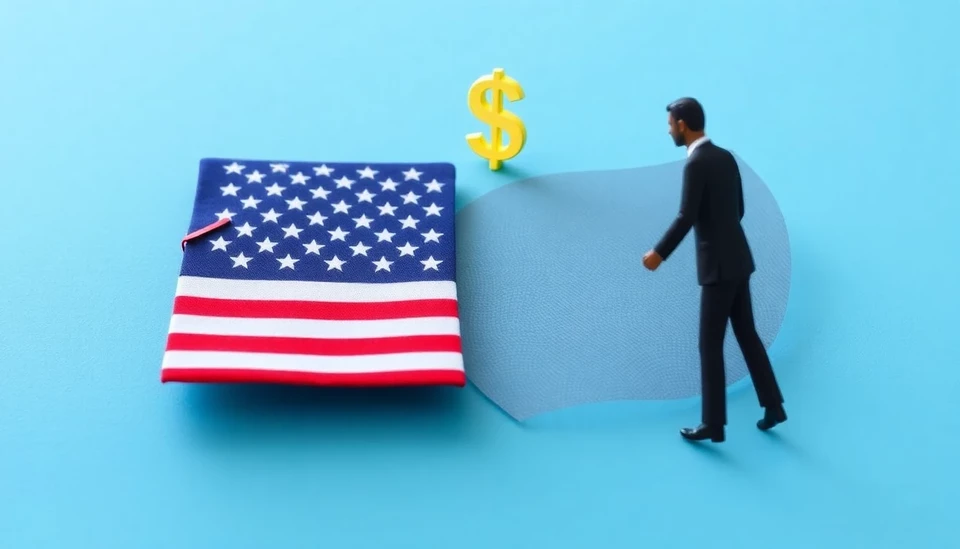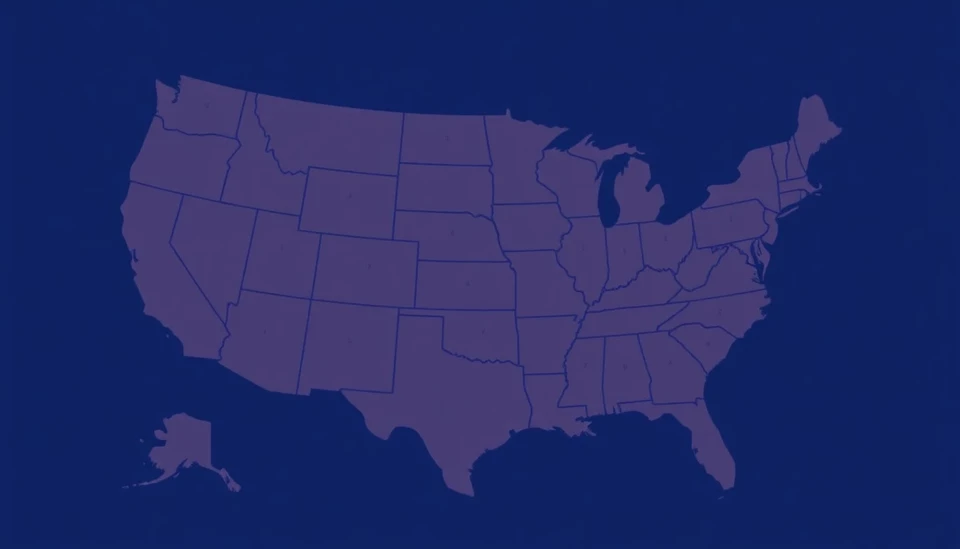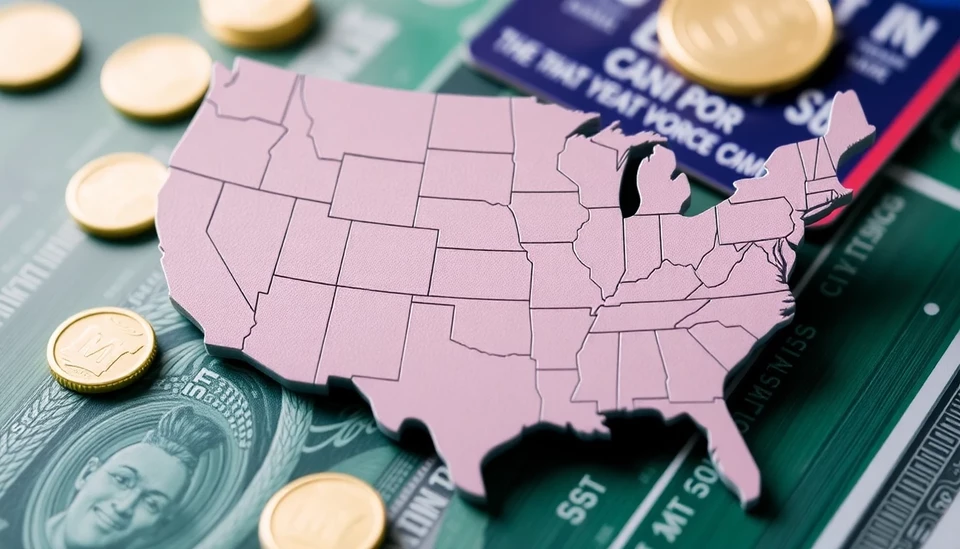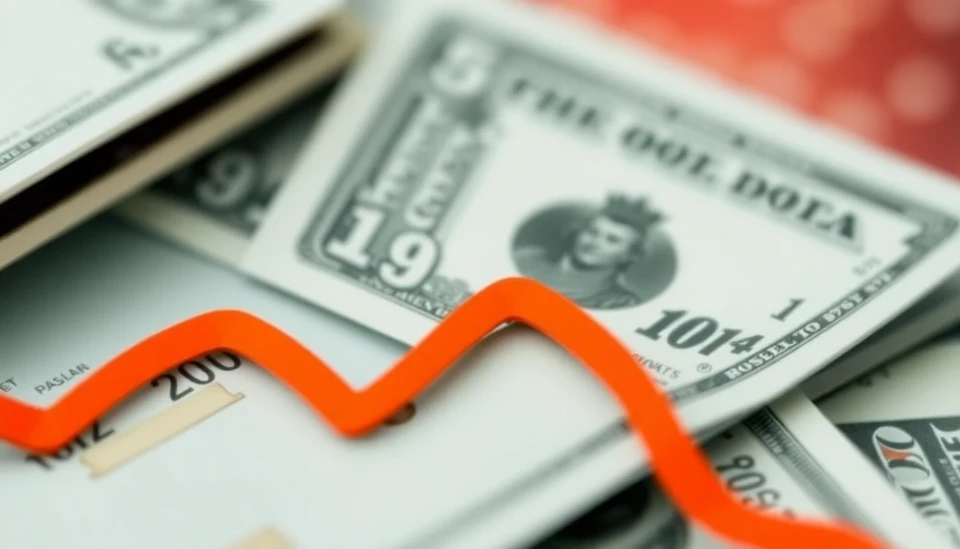
In an unexpected turn of events, consumer borrowing in the United States has shown a notable decline, causing economists to reassess their forecasts for the economic landscape. The decrease, reported for the month of February, represents a shift in consumer behavior that signals caution among borrowers amidst rising interest rates and inflation concerns.
According to data released by the Federal Reserve, total borrowing fell by approximately $12 billion, marking a stark contrast to the previous month’s increase of $19 billion. This surprising drop is not only significant in its size but also in what it might indicate about the consumer confidence that drives spending — a key component of the US economy.
Analysts had anticipated an increase in consumer credit as household spending typically tends to rise during periods of economic recovery. However, the decline suggests that more consumers are opting to either spend less or pay down existing debts rather than take on new obligations. This behavior could stem from various factors, including the recent uptick in interest rates, which has made borrowing more expensive, along with persistent inflation that is affecting household budgets.
The breakdown of the data reveals that revolving credit, which includes credit cards, fell by $7 billion in February. Similarly, non-revolving credit, primarily made up of loans for vehicles and student education, decreased by $5 billion. Together, these declines paint a cautious picture of consumer financial health and willingness to engage in further borrowing.
Economists emphasize that while consumer spending has remained relatively robust, the shift in borrowing patterns may translate to slower economic growth if consumers continue to hold back on credit purchases. A significant slowdown in the credit market could also lead financial institutions to tighten lending standards, potentially exacerbating the pullback in spending.
As consumers increasingly navigate a landscape of economic uncertainty, the data from February serves as a crucial indicator. Many will be keeping a close eye on upcoming reports to better understand how these trends will impact the broader economy in the months ahead. Are we witnessing the beginning of a more cautious approach to consumerism, or is this just a temporary dip caused by prevailing circumstances?
While experts deliberate on the implications of this decline, it is clear that the state of consumer borrowing will remain a vital barometer for the health of the US economy going forward.
#ConsumerBorrowing #USEconomy #FinancialTrends #EconomicOutlook #InterestRates #CreditMarket #InflationConcerns
Author: Daniel Foster



